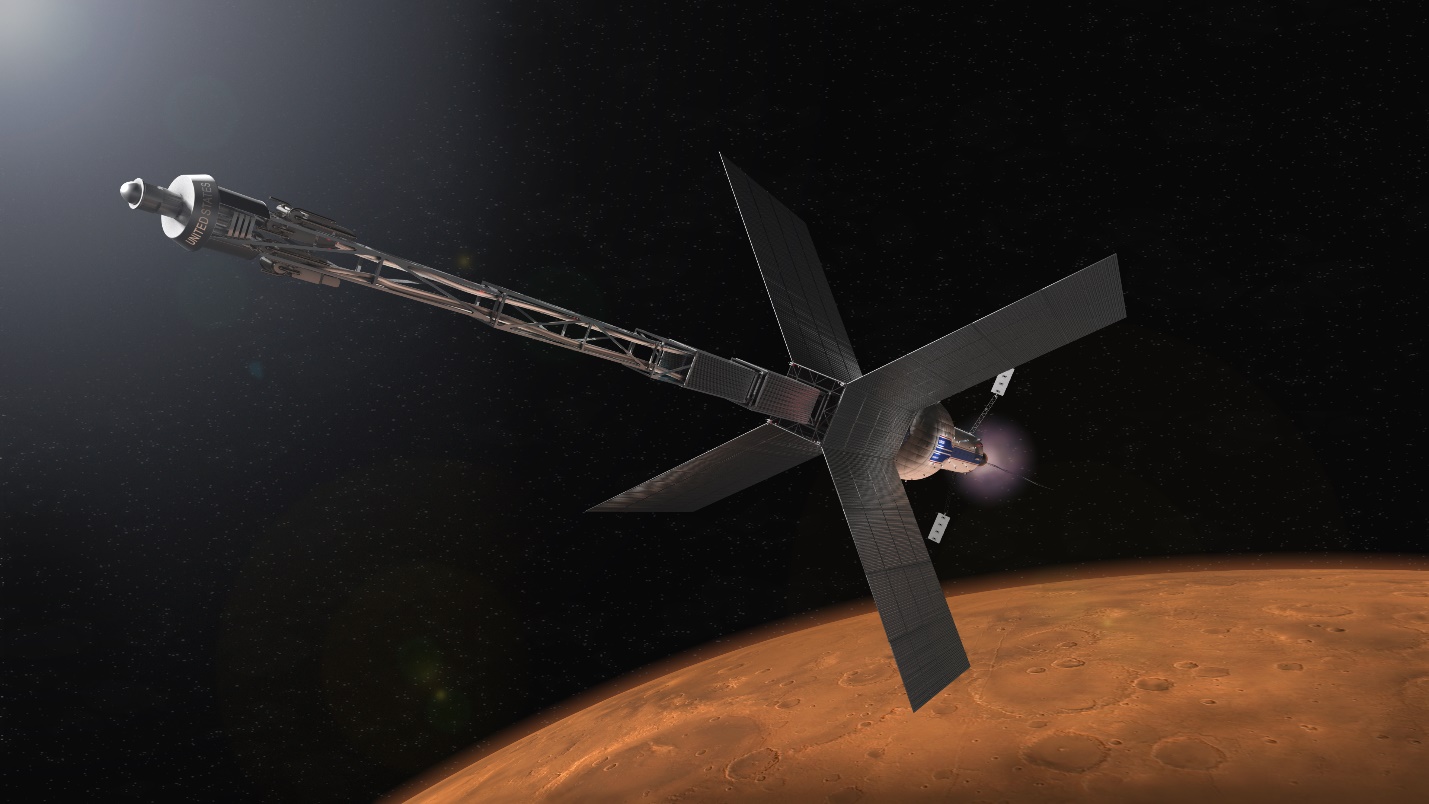U.S., Philippines ink civil nuclear pact

The United States and the Philippines last week signed a civil nuclear cooperation agreement—known in policy wonk jargon as a 123 Agreement.


The United States and the Philippines last week signed a civil nuclear cooperation agreement—known in policy wonk jargon as a 123 Agreement.

Ultra Safe Nuclear (USNC) announced on June 21 that it has selected the city of Gadsden, Ala., to host a $232 million MMR assembly plant. Modules for the company’s high-temperature, gas-cooled and TRISO-fueled microreactor, dubbed the Micro-Modular Reactor (MMR), would be manufactured, assembled, and tested at the “highly automated facility” once it is in operation.
Framatome and Ultra Safe Nuclear announced on January 26 that they intend to form a joint venture to manufacture commercial quantities of tristructural isotropic (TRISO) particles and Ultra Safe’s proprietary fully ceramic microencapsulated (FCM) fuel.
The companies have signed a nonbinding agreement to integrate their resources to bring commercially viable, fourth-generation nuclear fuel to market for Ultra Safe’s micro-modular reactor (MMR) and other advanced reactor designs.

McMaster University, Ultra Safe Nuclear Corporation (USNC), and Global First Power (GFP) have embarked on a new partnership to study the feasibility of deploying a USNC Micro Modular Reactor (MMR) at McMaster University or an affiliated site. The three partners last week announced a memorandum of understanding that will support research on advanced reactor and small modular reactor technologies in support of Canada’s Net-Zero Emissions by 2050 goal.

Illustration of a Mars transit habitat and nuclear electric propulsion system. Image: NASA
NASA aims to develop nuclear technologies for two space applications: propulsion and surface power. Both can make planned NASA missions to the moon more agile and more ambitious, and both are being developed with future crewed missions to Mars in mind. Like advanced reactors here on Earth, space nuclear technologies have an accelerated timeline for deployment in this decade.
Space nuclear propulsion and extraterrestrial surface power are getting funding and attention. New industry solicitations are expected this month, and a range of proposed reactor technologies could meet NASA’s specifications for nuclear thermal propulsion (NTP). Nuclear electric propulsion could increase the feasibility of crewed missions to Mars with a shorter transit time, a broader launch window and more flexibility to abort missions, reduced astronaut exposure to space radiation and other hazards, expanded payload mass capabilities, and reduced cost.